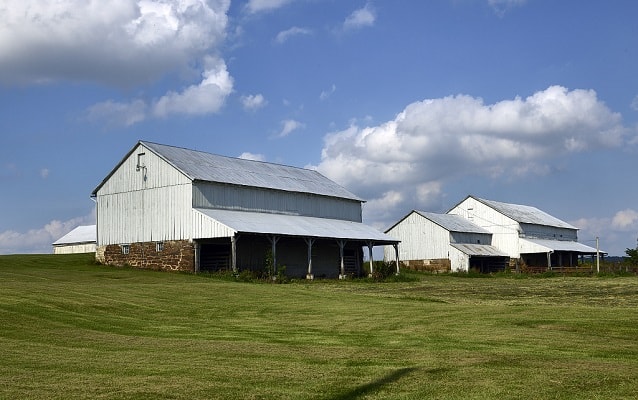Last updated: December 18, 2017
Place
Taglöhner Houses

Photo courtesy of the Library of Congress
Soon after the Inspirationists arrived in Iowa in 1855, they established a large farm and forestry operation, several mills, and a variety of other economic activities. Community members worked according to their skills and abilities, but they often hired outside workers for various jobs. These Taglöhners (hired hands) did not officially join the Church or participate in the communal life of the Amana Colonies. Regardless, they played an integral role in the economic life of the community and were included (to an extent) in the social life of the villages. They lived in small buildings in each town and ate at the community kitchens. If they did seasonal work, they often moved on at the end of the harvest; but some stayed for several years working in the mills or on the farm. Many Taglöhner houses are now used as residences, and perhaps the best examples of these houses are in High Amana. The four small structures located on the west side of 12th Avenue were originally built to house the hired hands. After the "Great Change" in 1932, the Amana Society rented the Taglöhner houses.
According to William Perkins and Barthnius L. Wick, authors of History of the Amana Society or Community of True Inspiration, published in 1891, "During the summer months nearly three hundred hired laborers are employed." Perkins went on to add that the men enjoyed working in the Colonies so much that they were willing to work $5.00 dollars per month less than neighboring farmers were paying. Although the Inspirationists maintained good relationships with the Taglöhners, they did not attempt to admit outsiders into their sect or convert others to their beliefs.
